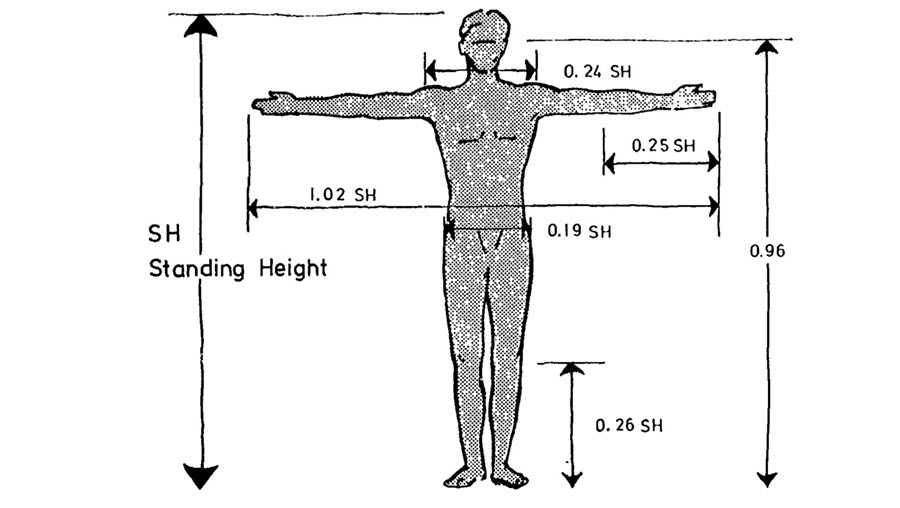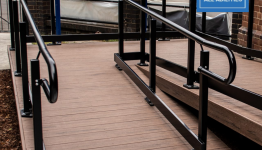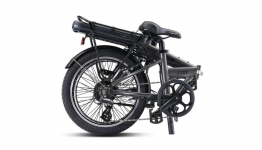05 July, 2014

Ergonomics is the process of designing or arranging workplaces, products and systems so that they fit the people who use them.
Most people have heard of ergonomics and think it is something to do with seating or with the design of car controls and instruments – and it is… but it is so much more. Ergonomics applies to the design of anything that involves people – workspaces, sports and leisure, health and safety.
Ergonomics (or ‘human factors’ as it is referred to in North America) is a branch of science that aims to learn about human abilities and limitations, and then apply this learning to improve people’s interaction with products, systems and environments.
Ergonomics aims to improve workspaces and environments to minimise risk of injury or harm. So as technologies change, so too does the need to ensure that the tools we access for work, rest and play are designed for our body’s requirements.
Why is Ergonomics important?
In the workplace: According to Safe Work Australia, the total economic cost of work-related injuries and illnesses is estimated to be $60 billion dollars. Recent research has shown that lower back pain is the world’s most common work-related disability – affecting employees from offices, building sites and in the highest risk category, agriculture.
Ergonomics aims to create safe, comfortable and productive workspaces by bringing human abilities and limitations into the design of a workspace, including the individual’s body size, strength, skill, speed, sensory abilities (vision, hearing), and even attitudes.
In the greater population: The number of people in Australia aged 75 and over is forecast to double over the next 50 years. With this, equipment, services and systems will need to be designed to accommodate the increasing needs of the ageing population, applying to public transport, building facilities, and living spaces.
How does Ergonomics work?
Ergonomics is a relatively new branch of science which celebrated its 50th anniversary in 1999, but relies on research carried out in many other older, established scientific areas, such as engineering, physiology and psychology.
To achieve best practice design, Ergonomists use the data and techniques of several disciplines:
- Anthropometry: body sizes, shapes; populations and variations
- Biomechanics: muscles, levers, forces, strength
- Environmental physics: noise, light, heat, cold, radiation, vibration body systems: hearing, vision, sensations
- Applied psychology: skill, learning, errors, differences
- Social psychology: groups, communication, learning, behaviours.
You may also be interested in the following topics:








